The Honest Guide to Exercise for Weight Management (That Actually Works)
So, you’ve decided you want to use exercise to help manage your weight. Awesome. I’ve spent years in the fitness world, and I’ve seen countless people walk into a gym with that exact goal, armed with a whole lot of determination and even more confusion from things they’ve read online.
In this article
My first job is always to cut through that noise. Let’s get one thing straight right now: there is no single “best” exercise for weight loss. If one existed, we’d all be doing it, and honestly, the fitness industry would be a lot less interesting.
Instead, the approach that genuinely works is one you can stick with. It’s about building a smart, consistent routine that respects your body. This isn’t about a 30-day shred or a quick fix; it’s about learning to work with your body, not wage war against it. In this guide, I’ll walk you through the principles and moves that help people build habits that last a lifetime.
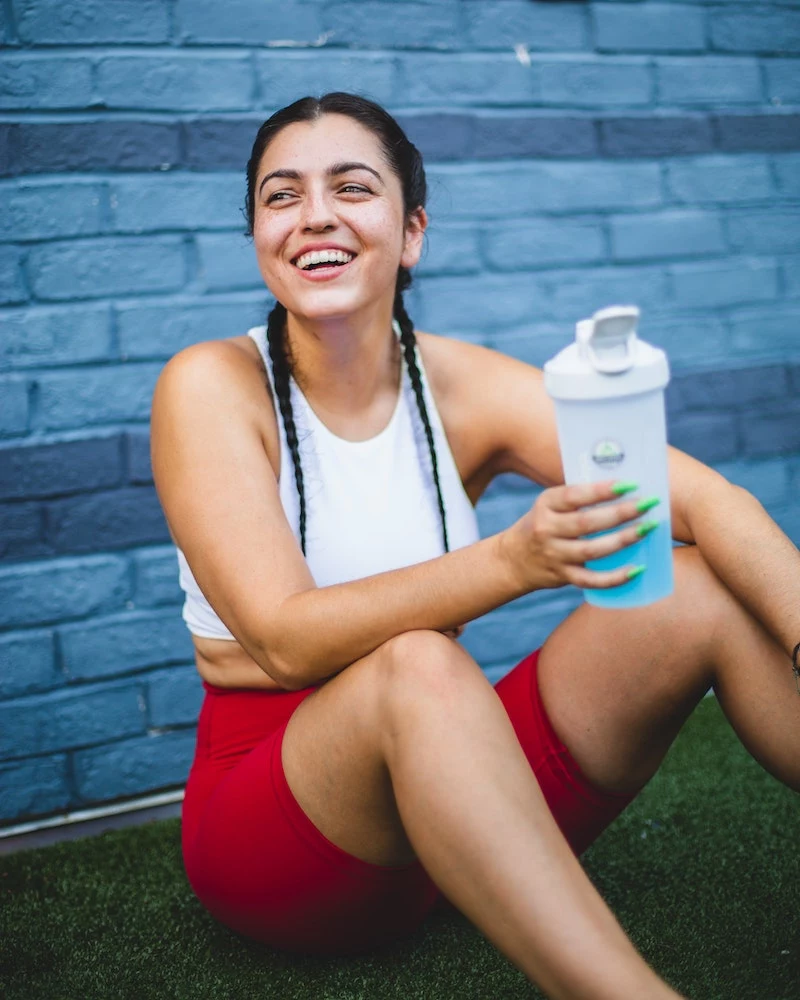
First Things First: How Exercise Actually Changes Your Body
Before you even think about lacing up your shoes, it helps to understand what’s going on under the hood. Knowing the “why” makes the “how” feel a lot less like a chore and more like a strategy.
It’s More Than Just Burning Calories
At its core, weight management is about energy balance. Think of your body as a budget. The total calories you burn in a day is your Total Daily Energy Expenditure (TDEE). This is made up of a few things:
- Your Basal Metabolic Rate (BMR): This is the energy your body burns just by being alive—for breathing, thinking, and circulating blood. It’s the biggest chunk of your daily burn, around 60-75% of it.
- The Thermic Effect of Food (TEF): Yep, your body burns calories just digesting the food you eat. It’s a small part, about 10%.
- Physical Activity: This is the part you control. It includes your planned workouts and something called NEAT (Non-Exercise Activity Thermogenesis). NEAT is all the little movements you do all day—fidgeting, walking to the mailbox, doing dishes. It can have a surprisingly huge impact!
Exercise directly torches calories, but more importantly, the right kind of exercise can actually increase your BMR over time. That’s the real secret to making weight management feel less like a constant battle.
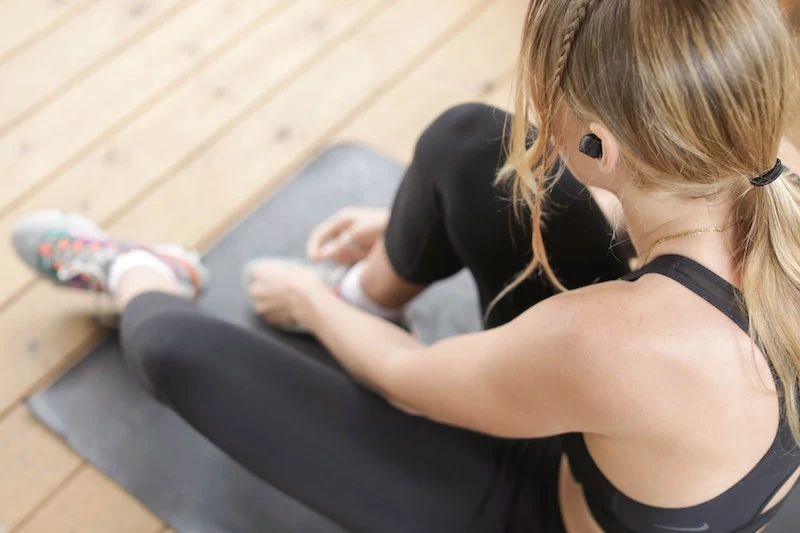
The Two Key Players: Cardio and Strength
A balanced plan needs two types of exercise. They do different things, but they work together beautifully. Think of them as two different ways to manage your money.
Cardiovascular exercise (cardio) is anything that gets your heart rate up for a sustained period—walking, jogging, cycling, you name it. During a cardio session, you burn a good number of calories. This is like spending cash from your wallet right now. It’s immediate and effective for creating a calorie deficit on any given day.
Strength training is about working your muscles against resistance, whether that’s with weights, bands, or your own body. It might not burn as many calories during the 30-minute workout itself. However, it builds lean muscle. And here’s the magic: muscle is metabolically active. It burns calories even when you’re just sitting on the couch. This is like investing in a high-yield savings account. It pays you dividends 24/7 by boosting your BMR.

Oh yeah, and there’s a little bonus called the “afterburn effect.” After a tough strength session, your body keeps burning extra calories for hours as it works to repair and build your muscles. It’s a nice perk.
Before You Start: A Quick, Honest Assessment
Jumping into a new routine without a plan is a recipe for injury or burnout. So, before you go all-in, let’s take a moment to figure out your personal starting line.
Know Where You Stand
Ask yourself these questions, and be honest:
- What’s my current fitness level? If you’ve been mostly sedentary, your starting point is different from someone who walks their dog for 30 minutes every day. No judgment, just facts.
- Any injuries or aches? A cranky knee, a tender lower back, or stiff shoulders will definitely influence what exercises are right for you. Pushing through pain is the fastest ticket to the sidelines.
- How much time do I really have? Don’t say you’ll hit the gym five days a week if you know your schedule only has room for three 30-minute slots. I’ve seen more people quit from being over-ambitious than from starting small.
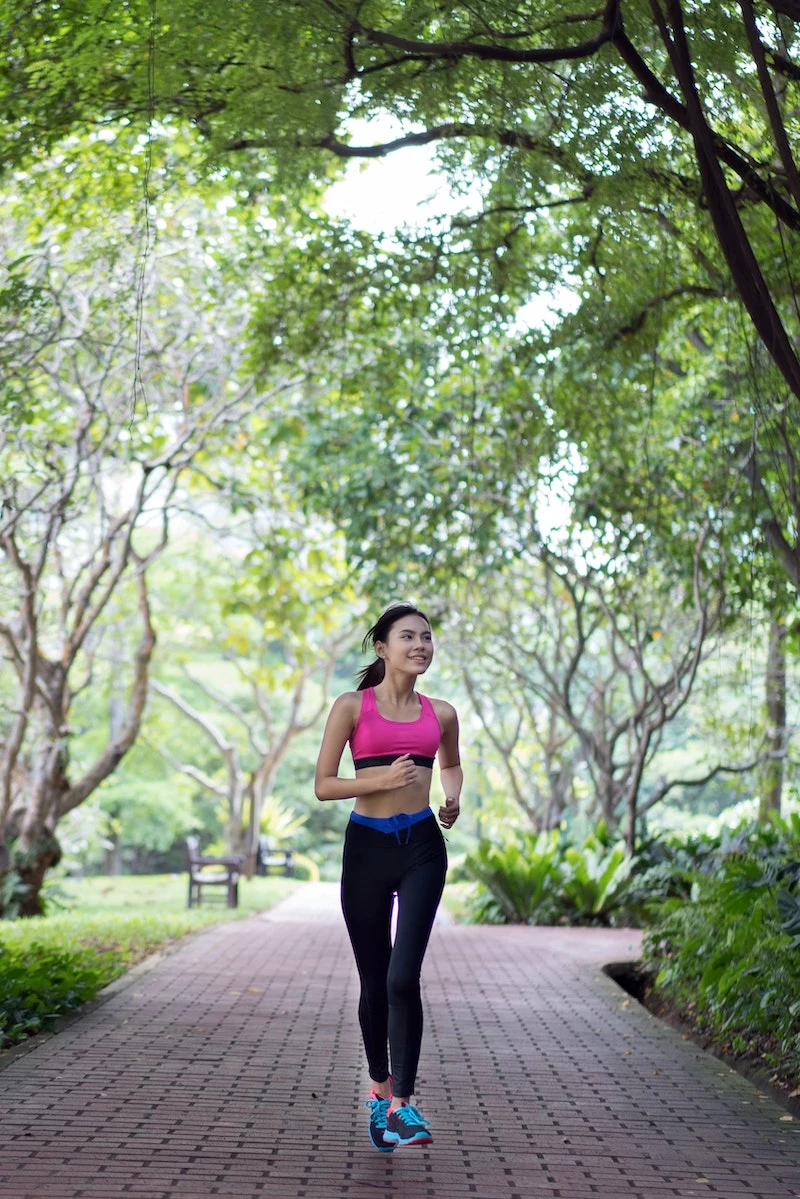
Heads Up: When to See a Pro
This part is non-negotiable. Before you start any new exercise program, it’s a really good idea to chat with your doctor, especially if you have any pre-existing health conditions like heart disease, high blood pressure, or diabetes. A medical check-up is crucial.
I once had a client who was super eager to start lifting heavy and going hard on the treadmill. During our first chat, I insisted he get a quick physical first. Turns out, he had undiagnosed high blood pressure that needed to be managed with medication before he could safely take on a strenuous routine. That conversation might have saved him from a serious health scare. An exercise professional and a doctor are a team, not a substitute for one another.
Your Toolkit: Exercises That Get the Job Done
Alright, let’s get to the good stuff. Here are the most effective exercises, along with some real-world tips to make them work for you.
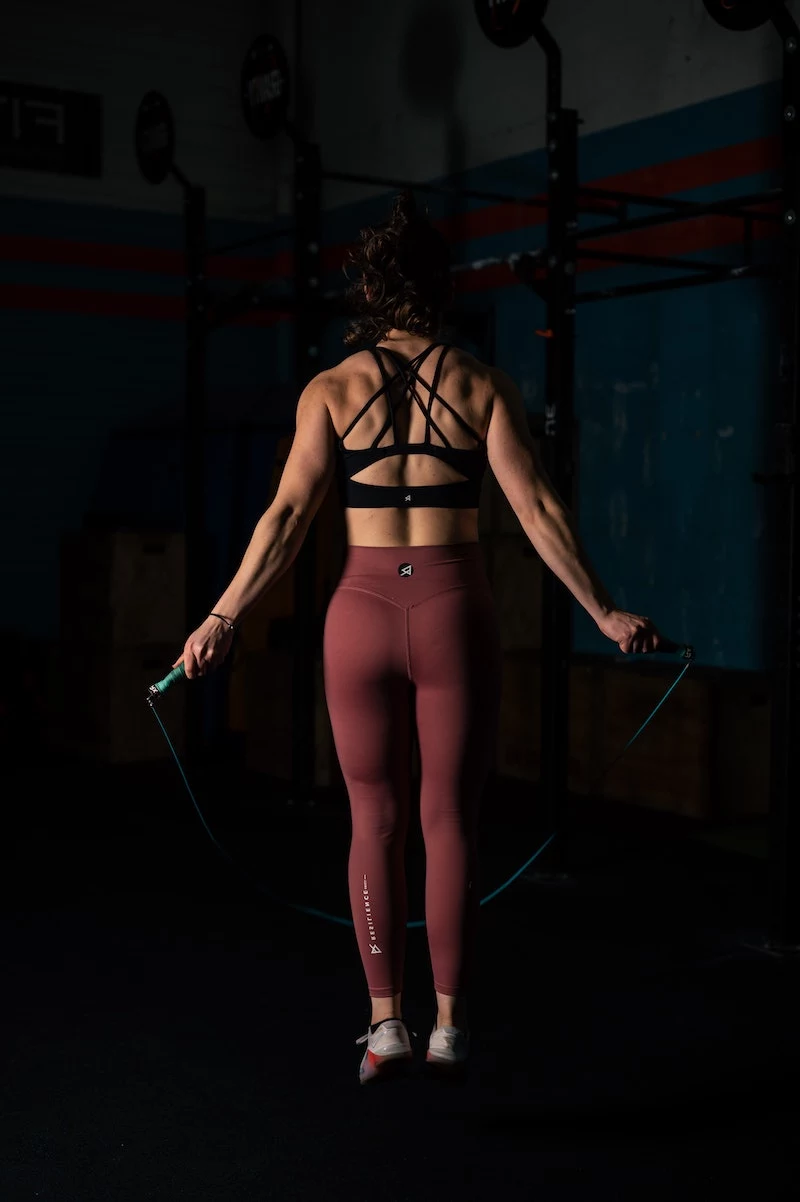
Walking: The Underrated Superstar
People always ask me if walking “counts.” It absolutely does! For most people, it’s the single most accessible and effective exercise out there.
But we’re talking about purposeful walking, not just a casual stroll. Stand tall, pull your stomach in slightly, and swing your arms. Your arms help power your movement and get your heart rate up. Focus on landing on your heel and rolling through your foot to your toe.
Quick Tip: Challenge yourself to boost your NEAT. Use your phone or a cheap pedometer (you can find one for under $20 on Amazon) to track your steps for a week. Then, set a simple goal: add 500 steps each day. Park farther away. Take the stairs. Pace around during phone calls. Do a few squats while your coffee brews. These little things add up to hundreds of extra calories burned without a single formal workout.
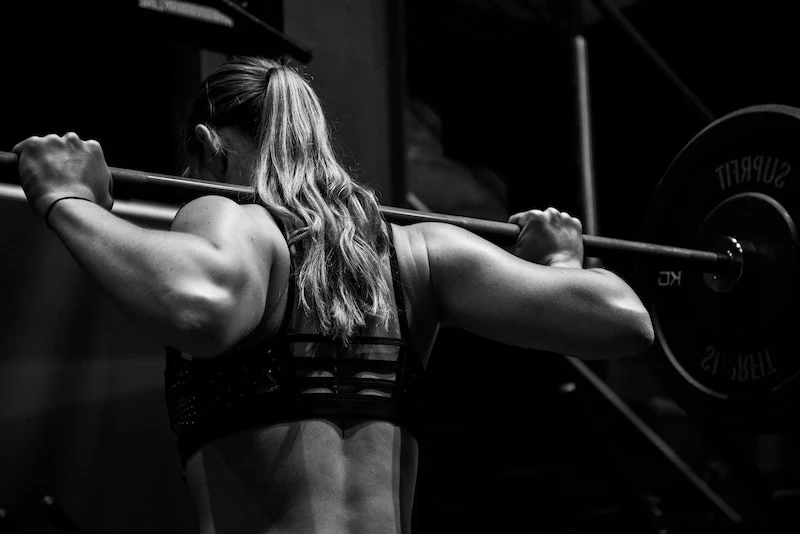
Your Challenge For Today: Go for a 15-minute purposeful walk on your lunch break. That’s it. You just started.
Running: The Big Calorie Burner
Running is a fantastic tool for torching calories quickly. But it comes with a big warning label: it’s high-impact. The most common mistake I see is beginners doing way too much, too soon, which leads straight to shin splints or knee pain.
Safety First: Seriously, invest in proper running shoes. Go to a specialty running store where they can analyze your gait. It’s an investment, probably between $120 and $160, but it’s cheaper than physical therapy. For beginners, a run-walk program is the way to go. For example: warm up with a 5-minute walk, then alternate 1 minute of jogging with 2 minutes of walking. Repeat that 8 times. It’s a proven way to build endurance safely.
Good to know: If you want to get a bit more technical, try to keep your heart rate in “Zone 2,” which is great for fat burning. A quick-and-dirty way to find this is to take 220, subtract your age, and multiply that by 0.60. For a 40-year-old, that’s a target heart rate of around 108 beats per minute. It’s just a starting point, but it’s a helpful one!
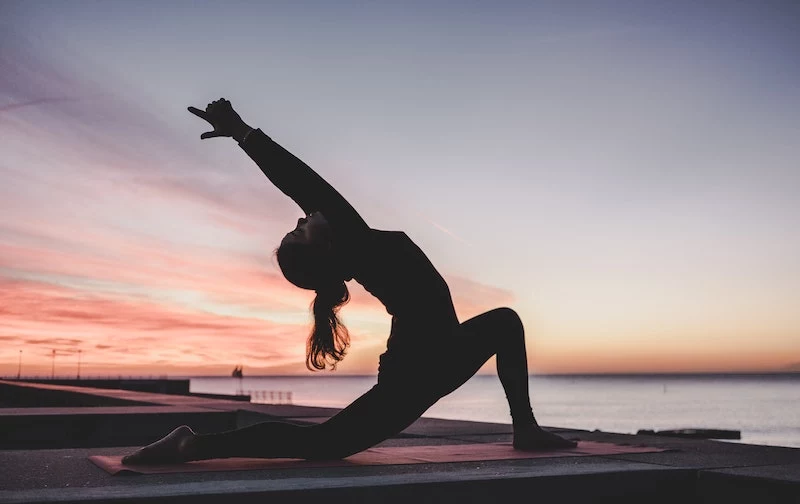
Strength Training: Your Metabolic Engine
If I could only recommend one type of exercise for long-term, sustainable weight management, this would be it. Building muscle is the closest thing we have to a “magic pill” for boosting your metabolism.
But where do you start? You don’t need a fancy gym membership, which can run anywhere from $30 to over $70 a month. You can build an amazing foundation right at home.
Your First At-Home Circuit:
Try this simple circuit 2-3 times a week on non-consecutive days. Aim for 3 sets of 10-12 repetitions for the first two exercises, and hold the last one for time.
- Bodyweight Squats: Stand with your feet shoulder-width apart. Lower your hips back and down as if you’re sitting in a chair. Keep your chest up and your back straight. Go as low as you comfortably can, then push through your heels to return to the start.
- Push-ups (on knees or toes): Place your hands slightly wider than your shoulders. Lower your body until your chest is close to the floor, keeping your back flat. Push back up. Doing these on your knees is a perfect way to start!
- Plank: Hold a push-up position (on your forearms is great, too), keeping your body in a straight line from your head to your heels. Don’t let your hips sag. Hold for 30 seconds to start, and work your way up.
A simple set of resistance bands ($20) and a yoga mat ($25) from a store like Target or online can take these home workouts to the next level.
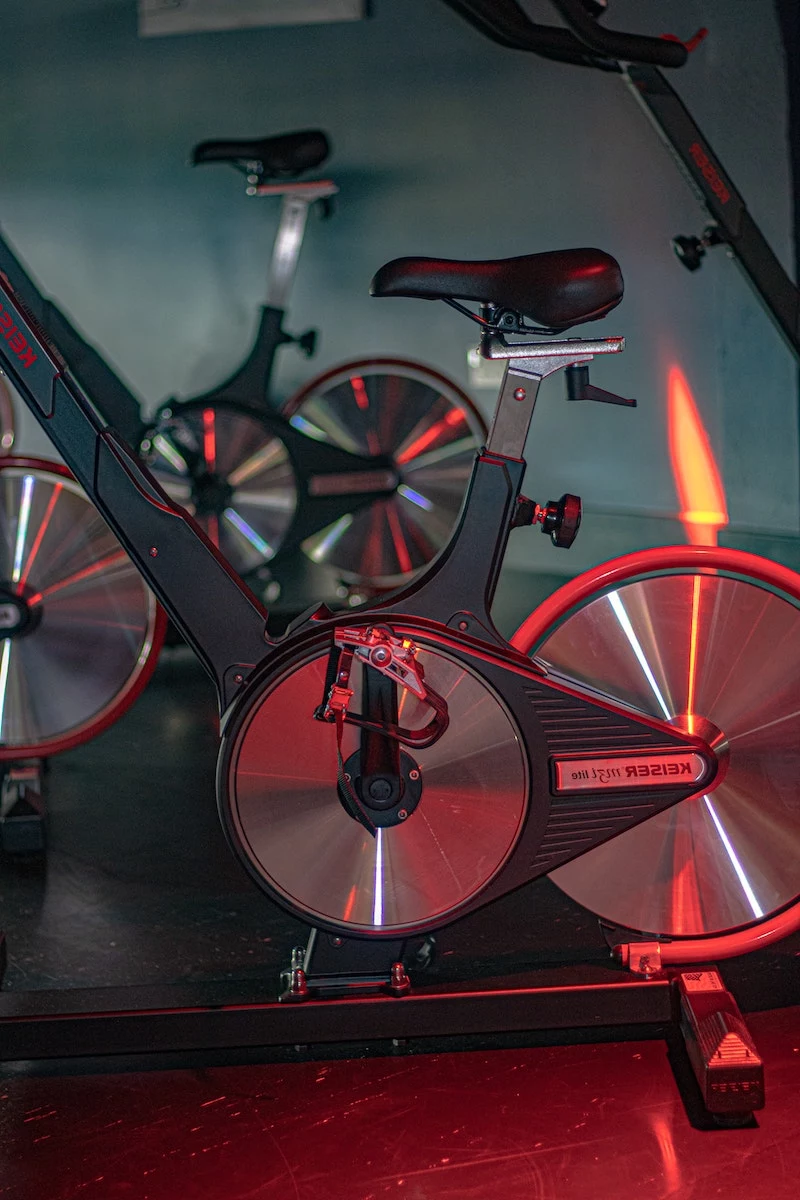
Putting It All Together: Your First Week
Okay, theory is great, but a plan is better. Here’s a sample schedule for a complete beginner. The goal here isn’t to be perfect; it’s just to get moving.
- Monday: 20-30 minute purposeful walk.
- Tuesday: Rest or light activity (like stretching or a leisurely stroll).
- Wednesday: Your At-Home Strength Circuit (3 sets).
- Thursday: Rest or light activity.
- Friday: 20-30 minute purposeful walk.
- Weekend: Active rest. Go for a bike ride, do some gardening, play with your kids. Just move your body in a way that feels good.
So… When Do I Actually See Results? (A Realistic Timeline)
This is the million-dollar question, isn’t it? It’s important to set realistic expectations to stay motivated.
In the first 1-2 weeks, you’ll mostly feel the changes. You’ll likely have more energy and sleep better. You might also be a little sore, which is totally normal! By the end of the first month, your clothes might start fitting a bit looser. This is often where the first noticeable changes happen. Then, around months 2 and 3, you’ll start to see more visible changes in your body composition and feel a real difference in your strength and endurance. Keep going—this is where the hard work truly starts to pay off.
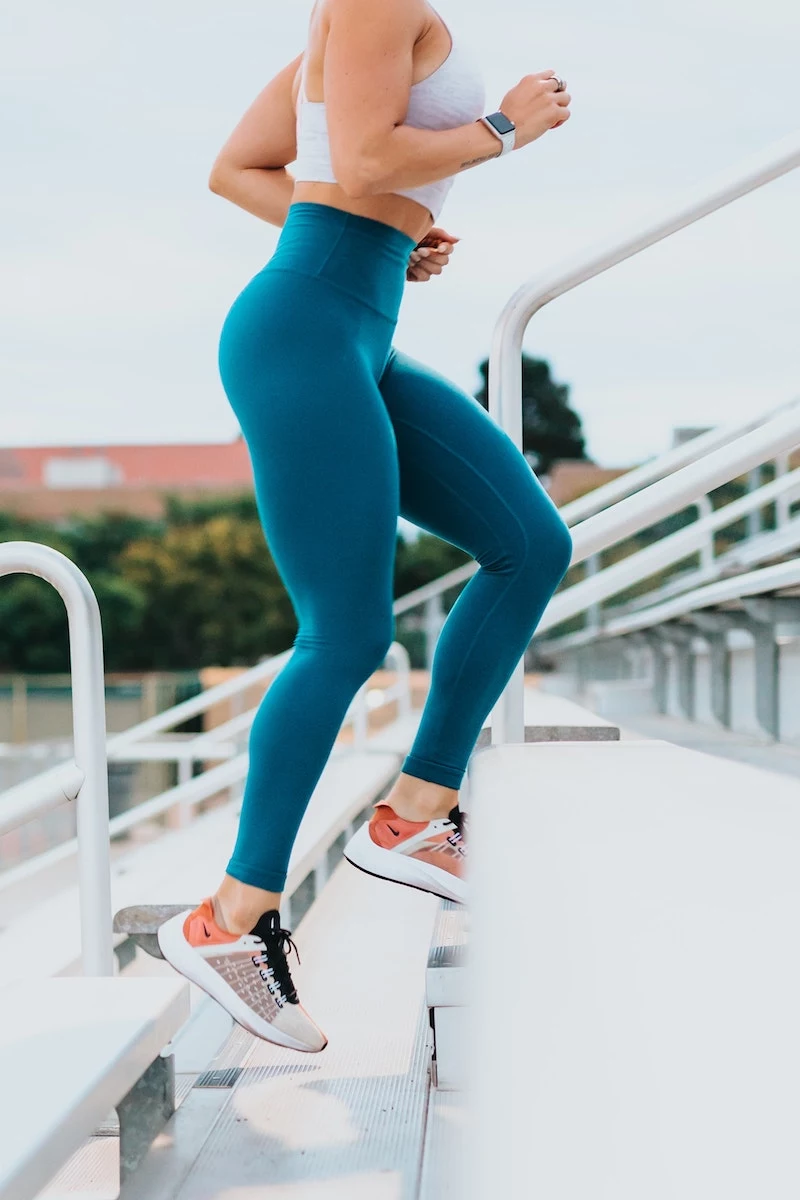
Inspirational Gallery
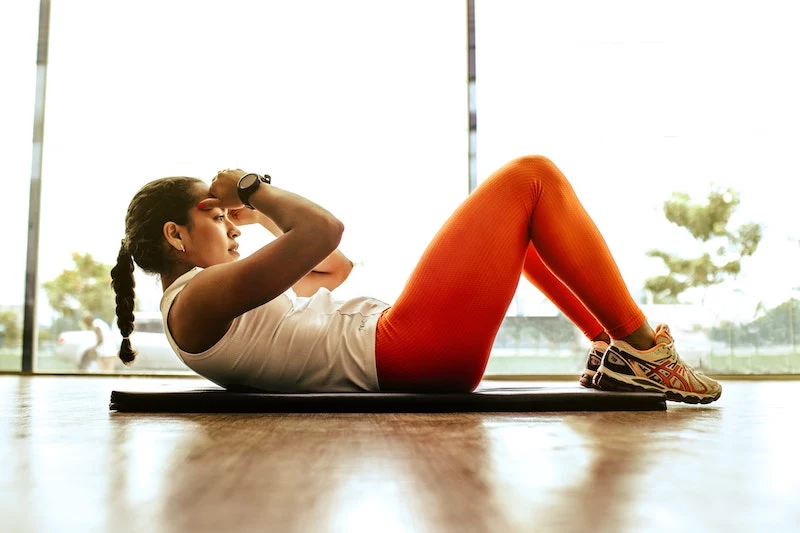
Did you know that Non-Exercise Activity Thermogenesis (NEAT)—the energy used for everything we do that is not sleeping, eating, or sports-like exercise—can account for a difference of up to 2,000 calories a day between two people of similar size?
This isn’t about adding another grueling workout. It’s about weaving more movement into the fabric of your day. Think of it as a series of micro-decisions: pacing while on a phone call, choosing the farthest parking spot, taking a 10-minute walk after lunch, or even doing squats while waiting for your coffee to brew. These small, almost unnoticeable actions accumulate, turning your body into a more efficient, passive calorie-burning machine throughout the day and supporting your weight management goals without adding extra gym time.










